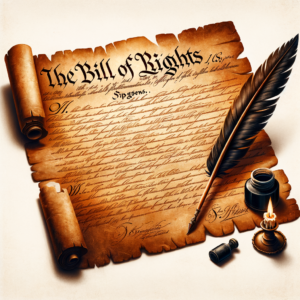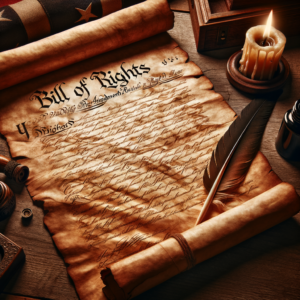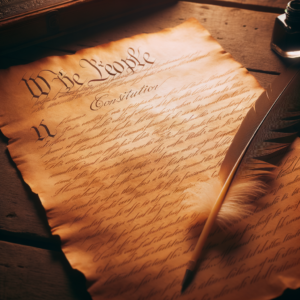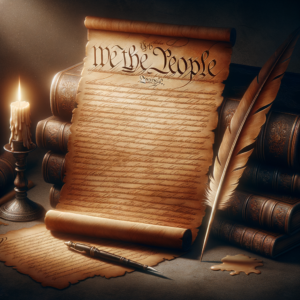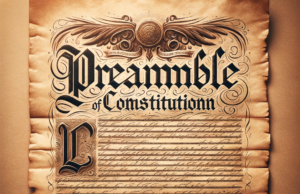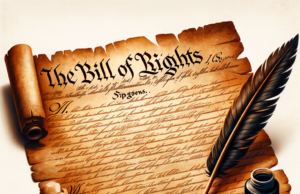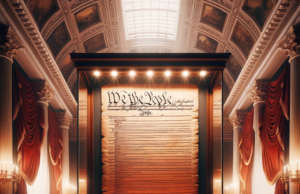Unveiling the Supreme Court’s Most Controversial Rulings of 2023
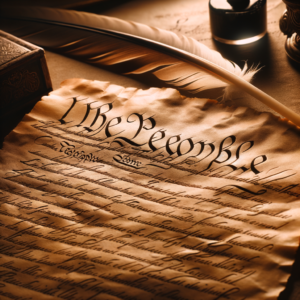
The Supreme Court of the United States has long been a pivotal institution in shaping the legal landscape of the nation. In 2023, the Court issued several rulings that sparked intense debate and controversy, reflecting the deeply polarized nature of American society. These decisions not only addressed pressing legal issues but also had far-reaching implications for civil rights, social justice, and the balance of power within the government. This article explores the most controversial rulings of 2023, their implications, and the public and legal community’s responses.
An Overview of the Supreme Court’s 2023 Controversial Rulings and Their Implications
In 2023, the Supreme Court delivered a series of rulings that have been described as some of the most contentious in recent history. Among these decisions were cases addressing affirmative action in higher education, voting rights, and the scope of executive power. The Court’s conservative majority has increasingly leaned toward interpretations that critics argue undermine decades of legal precedent and civil rights protections. The implications of these rulings extend beyond the immediate legal context, as they influence public policy, societal norms, and the ongoing discourse surrounding equality and justice in America.
Key Cases: Analyzing the Landmark Decisions That Shaped 2023’s Legal Landscape
One of the most significant cases was Students for Fair Admissions v. Harvard University, where the Court ruled against affirmative action policies in college admissions, declaring them unconstitutional. This decision has the potential to reshape the landscape of higher education, prompting institutions to reevaluate their admissions processes. Another landmark case, Brnovich v. Democratic National Committee, upheld restrictive voting laws in Arizona, raising concerns about voter suppression and the integrity of electoral processes. Additionally, the Court’s ruling in West Virginia v. EPA limited the Environmental Protection Agency’s regulatory authority, signaling a shift in the balance of power between federal agencies and state governments. Collectively, these cases reflect a trend toward a more conservative interpretation of the law that prioritizes individual rights over collective social goals.
The Impact of the Supreme Court’s Rulings on Civil Rights and Social Justice Movements
The Supreme Court’s decisions in 2023 have had profound implications for civil rights and social justice movements across the nation. The ruling on affirmative action has reignited debates about racial equity in education and has prompted activists to reconsider strategies for achieving diversity in academic institutions. Similarly, the upholding of restrictive voting laws has galvanized civil rights organizations to mobilize against what they perceive as an erosion of democratic principles. The limitations placed on federal regulatory authority in environmental matters have also raised alarms among environmental justice advocates, who argue that marginalized communities will bear the brunt of reduced protections. As these movements adapt to the new legal realities, the Court’s rulings are likely to serve as both a catalyst for activism and a source of frustration for those advocating for systemic change.
Public Reaction: How Citizens and Advocacy Groups Responded to the Court’s Decisions
Public reaction to the Supreme Court’s controversial rulings in 2023 has been overwhelmingly polarized. Advocacy groups representing various interests have expressed outrage and disappointment, organizing protests and campaigns to challenge the implications of the decisions. For instance, following the affirmative action ruling, numerous student organizations and civil rights groups launched initiatives aimed at promoting diversity through alternative means, such as outreach and scholarship programs. Conversely, conservative groups have hailed the decisions as victories for individual rights and free-market principles, emphasizing the importance of meritocracy in education and governance. This dichotomy in public sentiment underscores the deep divisions in American society regarding issues of race, voting rights, and governmental authority.
Legal Experts Weigh In: Insights and Predictions on the Future of Supreme Court Jurisprudence
Legal experts have offered varied perspectives on the implications of the Supreme Court’s 2023 rulings and what they may signal for the future of jurisprudence. Some scholars argue that the Court’s conservative trajectory could lead to a rollback of civil rights protections established in the mid-20th century, while others contend that these decisions may prompt a resurgence of legal challenges aimed at reinstating those protections. Additionally, experts predict that the Court’s rulings will encourage state legislatures to pursue more aggressive policies that align with the Court’s conservative interpretations. As the legal landscape evolves, the interplay between judicial decisions and legislative actions will be critical in shaping the future of American law and society.
Conclusion: The Lasting Legacy of the Supreme Court’s Controversial Rulings in 2023
The Supreme Court’s controversial rulings in 2023 are poised to leave a lasting legacy on the legal and social fabric of the United States. As the Court navigates complex issues of civil rights, voting access, and regulatory authority, its decisions will continue to provoke debate and challenge established norms. The implications of these rulings extend beyond the courtroom, influencing public opinion, activism, and legislative agendas. As citizens and advocacy groups respond to these changes, the ongoing struggle for justice and equality will undoubtedly shape the narrative of American democracy in the years to come. The Court’s actions in 2023 serve as a reminder of the vital role that judicial interpretation plays in the pursuit of a more equitable society.





